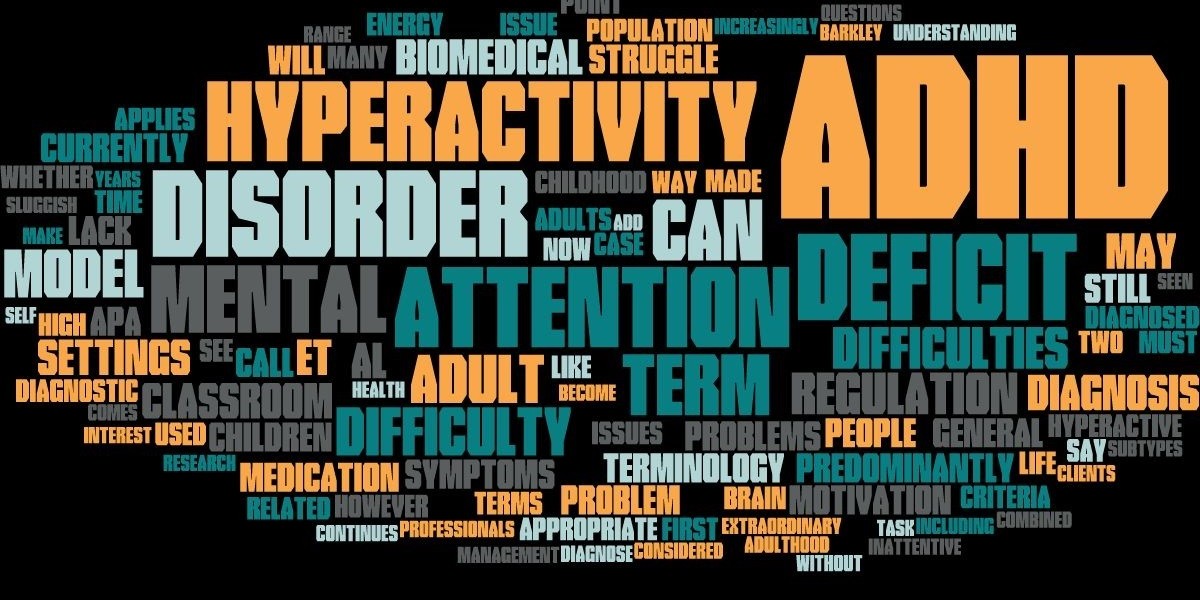Overview
Because Attention Deficit Hyperactivity Disorder (ADHD) has historically been linked to boys and males, girls and women have often been misdiagnosed or underdiagnosed with the condition. But over the past few decades, research has highlighted notable gender disparities in symptoms, comorbidities, and outcomes, providing insight into the distinct presentation of ADHD in females. Comprehending these differences is essential for precise identification, suitable therapies, and enhanced results for females with ADHD.
Disparities in ADHD Presentation by Gender
Traditionally, hyperactivity, impulsivity, and inattention—often more pronounced in men—have been associated with ADHD. But the symptom patterns of girls and women with ADHD typically differ. Many people with hyperactive-impulsive disorder appear with less evident symptoms such internal restlessness, disorganization, and inattentiveness, however some may exhibit the traditional symptoms. Because of this, female ADHD is frequently ignored or misdiagnosed as learning difficulties, anxiety problems, or mood disorders.
Moreover, gender norms and cultural expectations may have an impact on how ADHD symptoms manifest in women and girls. Girls are frequently raised to be obedient, loving, and relationship-oriented, which causes them to internalize their problems and hide their symptoms in order to fit in with society's expectations. Consequently, rather than being signs of ADHD, their symptoms can be disregarded or written off as personality quirks.
Comorbidities and Related Difficulties
Compared to their male counterparts, girls and women with ADHD are more likely to have comorbid illnesses in addition to disparities in symptom presentation. Anxiety disorders, sadness, eating disorders, and low self-esteem are common comorbidities. Since symptoms of these co-occurring disorders can overlap and interact in complex ways, their presence might make diagnosing and treating ADHD more difficult.
Moreover, the underdiagnosis of ADHD in women can worsen the emergence of co-occurring disorders and related difficulties. Undiagnosed ADHD in girls and women can cause academic, social, and professional difficulties without the right help, which can leave them feeling alone, frustrated, and inadequate. In order to address these comorbidities, a thorough strategy that takes into account how ADHD and related mental health disorders are interconnected is needed.
Obstacles to Treatment and Diagnosis
The underdiagnosis and misinterpretation of ADHD in females is caused by various variables. First of all, the distinctive way that ADHD manifests in women may be missed if diagnostic criteria centered on men are used. The whole spectrum of symptoms that girls and women experience may not be fully captured by the Diagnostic and Statistical Manual of Mental Disorders (DSM-5), which is frequently used as a reference for diagnosing ADHD.
In addition, medical professionals might not be aware of the gender variations in ADHD, which could cause diagnostic overshadowing and a delay in receiving treatment. The likelihood that a girl or woman with ADHD may receive a diagnosis later in life or not at all puts them at risk of missing out on important early support and accommodations. Because of this, many people with untreated ADHD struggle with symptoms long into adulthood, which affects their ability to function in their academic and professional lives as well as their interpersonal connections.
The stigma associated with ADHD in particular and mental health disorders in general is another obstacle to diagnosis and treatment. Girls and women who report their issues with attention and impulse control may absorb the stigma of society and fear rejection or condemnation. As a result, individuals could downplay their symptoms or put off getting assistance in order to avoid being called "lazy," "scatterbrained," or "unreliable."
Taking Gender Variations in ADHD into Account
Numerous actions can be performed at the individual, professional, and social levels to enhance the diagnosis and treatment of ADHD in girls and women. First and foremost, it is critical to raise awareness of the gender variations in ADHD among educators, healthcare professionals, and the general public. Training curricula ought to cover the distinct manifestation of ADHD in women in addition to techniques for precise identification and evaluation.
Clinicians should use a comprehensive evaluation strategy that takes into account both the overt and covert signs of ADHD in women and girls. To have a thorough grasp of how they perform in various contexts, this may include obtaining data from a variety of sources, such as the person themselves, their parents, and their professors. Additionally, early detection and intervention can be facilitated by screening instruments created especially to capture the subtleties of ADHD in females.
When it comes to identifying and assisting girls with ADHD in academic settings, educators are vital. Preferential seating, extra time for assignments, and breaks throughout class are a few examples of accommodations that might lessen the negative effects of ADHD symptoms on learning and performance. It's also crucial to establish a welcoming and inclusive classroom culture where females feel at ease asking for help and expressing their needs.
Destigmatizing ADHD and mental health disorders in general can empower women and girls to seek treatment without fear of prejudice or condemnation at the societal level. Fostering acceptance and understanding throughout communities can be achieved through promoting a narrative of neurodiversity and appreciating the special strengths and challenges faced by people with ADHD.
In summary
Since ADHD is not a disorder that suits all people, it is important to understand how gender disparities in the condition's presentation affect diagnosis and therapy. Without the right knowledge and understanding, girls and women with ADHD may not recognize or appreciate the particular difficulties they confront. We can make sure that girls and women get the help and resources they require to succeed by addressing the obstacles to diagnosis and treatment as well as implementing a more inclusive approach to ADHD testing and management.








